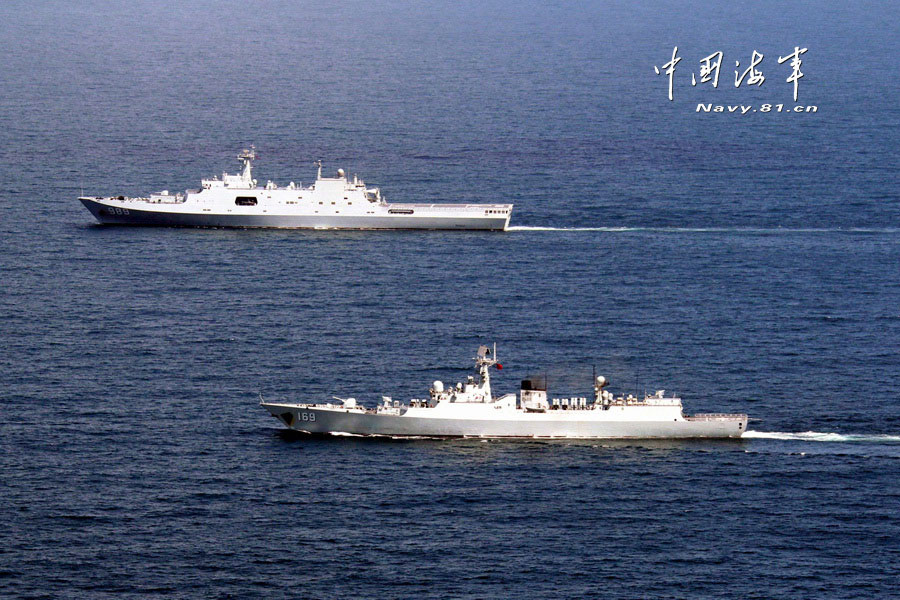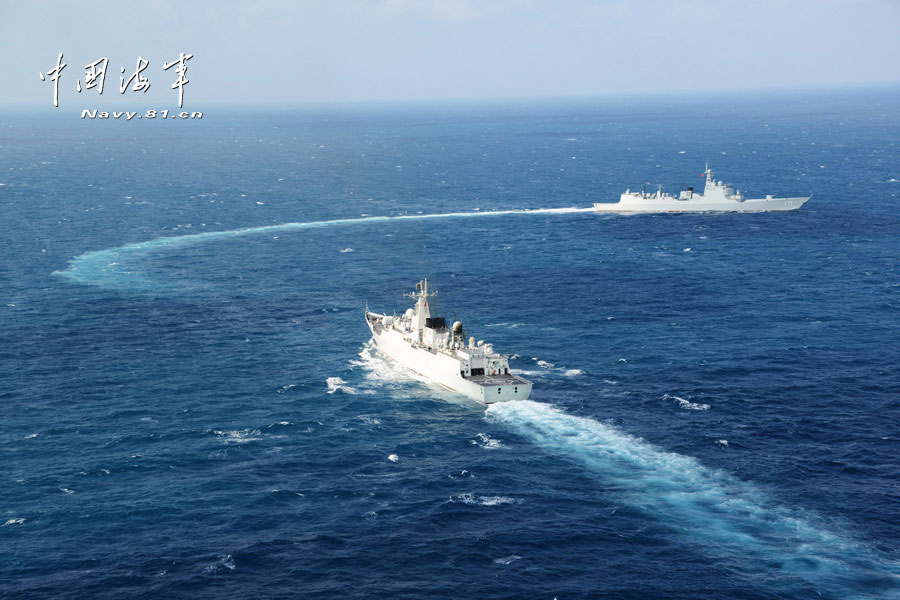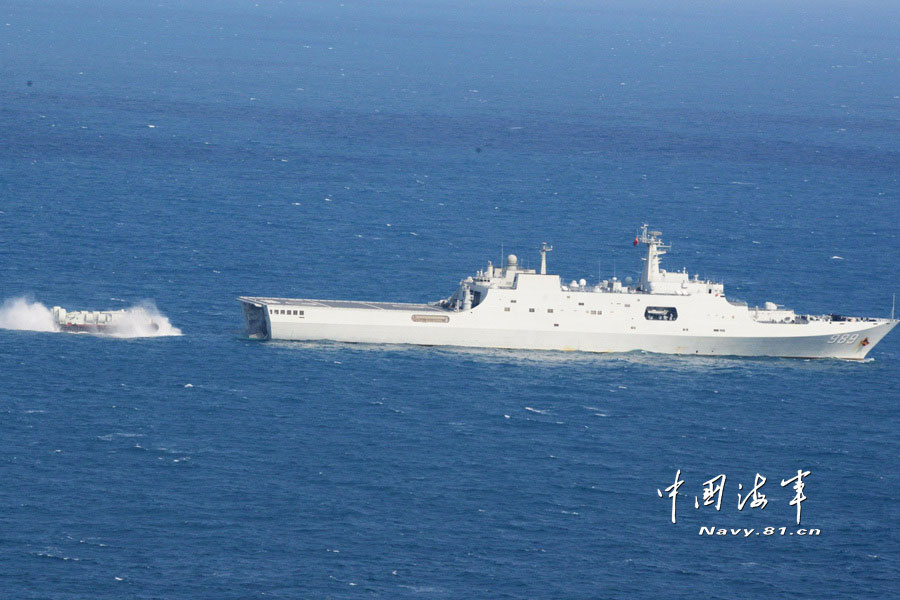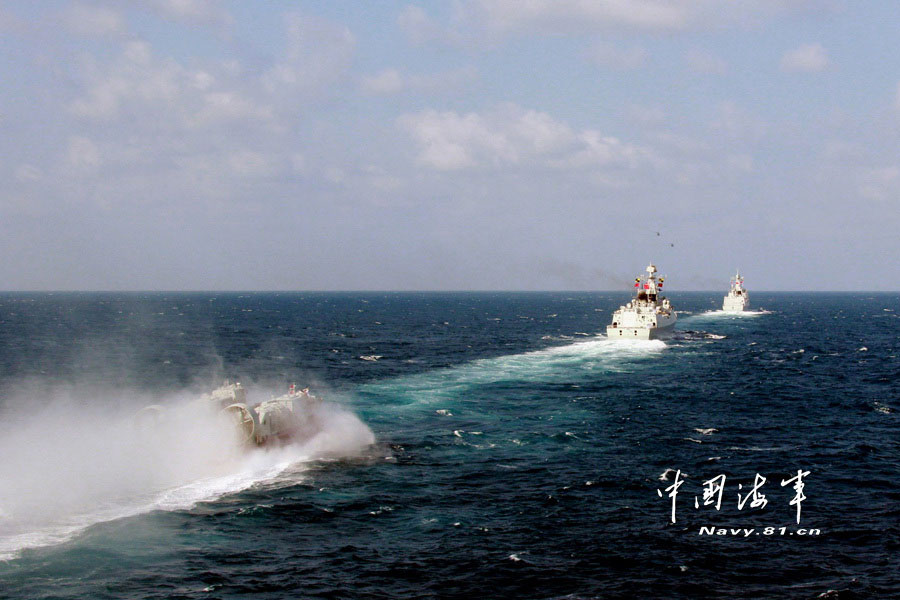As we see CV-16 Liaoning class spend more time training in the ocean, one of the often asked question is the choice of air wing. Now, we know that China can build flankers on its own, whereas it would have to purchase Mig-29K from Russia, so it would've been very unlikely that China would go with Mig-29K. The hypothetical question is what if China had the choice of building both Su-33 and Mig-29K, would it have taken Mig-29K over Su-33? Or more realistically, why did naval flankers get picked over naval J-10? After all, both India and Russia have now picked Mig-29K as their naval fighter.
Back in the late 80s and early 90s, China was looking to modernize its air force by purchasing a 4th generation aircraft from Soviet Union. At that time, everyone thought China was going to purchase Mig-29, since it had only operated Mikoyan fighter jets in the past and Mig-29 was the aircraft that Soviet Union exported. In fact, Su-27s had never been exported before then. Against all odds, PLAAF picked Su-27 over Mig-29 due to its longer range and greater potential as a heavy fighter jet. Up to that point, China really was not capable of designing its own heavy fighter jet like Su-27. J-10, the winning design of China's own 4th generation competition, is a single engine fighter jet (between the size of J-7 and J-8). As part of the deal for ToT and local production of Su-27, China got pretty much all it needed to eventually indigenize flankers. Russia was a lot more willing to sell off its technology back at that time. As seen with India's involvement in the PAK-FA project, Russia is now a lot more stingy when it comes to sharing its core technology. The effect of the J-11 deal can be seen today. Shenyang AC is now producing J-11B along with J-15 and J-16. You can even see the effect of J-11 on J-20 (SAC helped with that part of design). Just as importantly, it changed PLAAF's doctrine from one of air denial to one of air superiority. As we can see with J-20 and J-31, PLAAF has made the decision to go with larger hi-lo fighter jet combination for the next generation. Outside of the obvious advantages like range/patrol time/multi-role capability, I've read that PLAAF believes that it can only make up for its technology gap vs Western fighter jets like F-35 by producing larger, more powerful aircraft.
There was a competition between J-10 and J-11 as the first generation naval fighter, but J-11 won due to the aforementioned advantages. I would think that the second generation naval fighter will likely be a heavy fighter too. Operating off a stobar carrier like Varyag, there will be limitations to J-15 take-off profiles. So far, we've seen J-15s with 2 SR-AAMs and 2 LR-AAMs, 2 SR-AAMs and 2 AShMs, 2 SR-AAMs and bombs. We've even seen J-15 just carrying buddy refueling pod. None of these profiles come close to approaching the limits of what's possible from CV-16. With no headwind, Su-33 can take off from the first and second take-off locations on Adm K class with 28 ton. It can also take off from the third take-off location with 32 ton. It's likely that as they get more experience, we will see more weapons carried on J-15. Based on what we've seen from typical PLAAF photos, the stobar limitations probably won't affect J-15 that much. We rarely see J-11B with more than 6 AAM (4 LR + 2 SR) and J-10 with more than 4 AAM (2 LR + 2 SR). Those are quite achievable off all 3 take-off spots on CV-16.
Saturday, February 22, 2014
Saturday, February 15, 2014
Current Status of JF-17
As PAC starts the production of second block of JF-17, it's good to take a look at where the project is right now. I won't go over the history of the project, since that can be found online or any of the many forums.
At this point, PAF remains the only operator of JF-17. They have finished the production of the first block of 50 JF-17s out of the 150 they ordered. There have been persistent news coming out of Pakistan that more will be ordered, but I don't think that's finalized. By all account, PAF has been fairly satisfied with the performance of the aircraft and the project as a whole. I don't have the latest number, but PAC is now capable of producing most parts of JF-17 with engine been the lone major subsystem that is outside their expertise. There have been numerous reports of sales to other country, but none of them have concluded. There were the 12 JF-17s to Zimbabwe and the 24 JF-17s to Azerbaijan, which never came to fruition. There were also the more persistent stories of concluded sales to Egypt and possible sales to Argentina. In the former case, China lost the deal after Mubarak and the new government is now picking Mig-29s over JF-17s. In the latter case, Argentinian economy has bigger issues like hyperinflation to deal with and will not have the ability to purchase fighter jets anytime soon. The problem for JF-17 has always been finding the right customers. China's traditional customers don't have the need or the money for something like JF-17. They have most opted for J-7s and K-8s in the recent years. L-15 is fighting the same issues. In the more affluent markets, JF-17 has been fighting against used F-16s, Mig-29s and other better known 4th generation fighter jets with more customers. It's hard to make the case for JF-17 while PAF remains its only operator.
Having said that, I think JF-17 still has a bright future. PAF have really made JF-17 project what it is today by discovering/expanding the flight envelopes of the aircraft and working with various Chinese firms to add support for SD-10A, SRAAM, C-802A, various PGMs and the infamous mach 4.5 CM-400AG. We've heard recently that Saudi Arabia is interested in getting involved in the JF-17 project. Certainly, if KSA does purchase JF-17, that would be a huge shot in the arm for the entire program and its export prospects around the world (especially the rest of Muslim world). More importantly, I think PLAAF will be placing orders for JF-17 in the next few years. In a recent interview from Singapore Air Show, the VP of AVIC-1 said that domestic engine options should be available for JF-17 soon. I have talked in the past that PLAAF is looking for a stripped down version of JF-17 that it can replace all the retiring J-7 regiments. There were a total of 10 J-7E and 3 J-7G regiments produced for PLAAF/PLANAF. Based on the year they entered service and orbat data, most if not all of them should still be in service. There are also 10 or more J-8 regiments still in service including the very ancient J-8B aircraft. All of these regiments will need to be replaced. Although some of those regiments may be disbanded, there are not likely going to be enough J-10B and J-16 production to replace all of those retiring aircraft. There will probably be a total of less than 10 regiments of J-10B/J-16. By the time domestic engine (let's say WS-13) becomes ready for JF-17, some of the older J-7E regiments should be ready to retire. If CAC can meet PLAAF's cost requirements, then I think there will be order for several regiments of JF-17. Once PAF and PLAAF operate JF-17, I think you will see some export deals.
Tuesday, February 11, 2014
Some high quality photos of recent PLAN training
Most recently a flotilla consisted of No. 169 (Type 052B), No. 171 (Type 052C) and No. 989 (Type 071) took off for a training mission in Pacific Ocean and Indian Ocean. According to People's Daily, it started on January 20th and crossed the Sunda Strait, the Lombok Strait, and the Makassar Strait in the training. By today, the ships were back at the naval base at Zhanjiang. This exercise along with No. 546 (Yancheng)'s recent training with Kirov class Petr Velikiy are part of PLAN's effort to become a blue water navy. Here are some of the photos:












Subscribe to:
Posts (Atom)